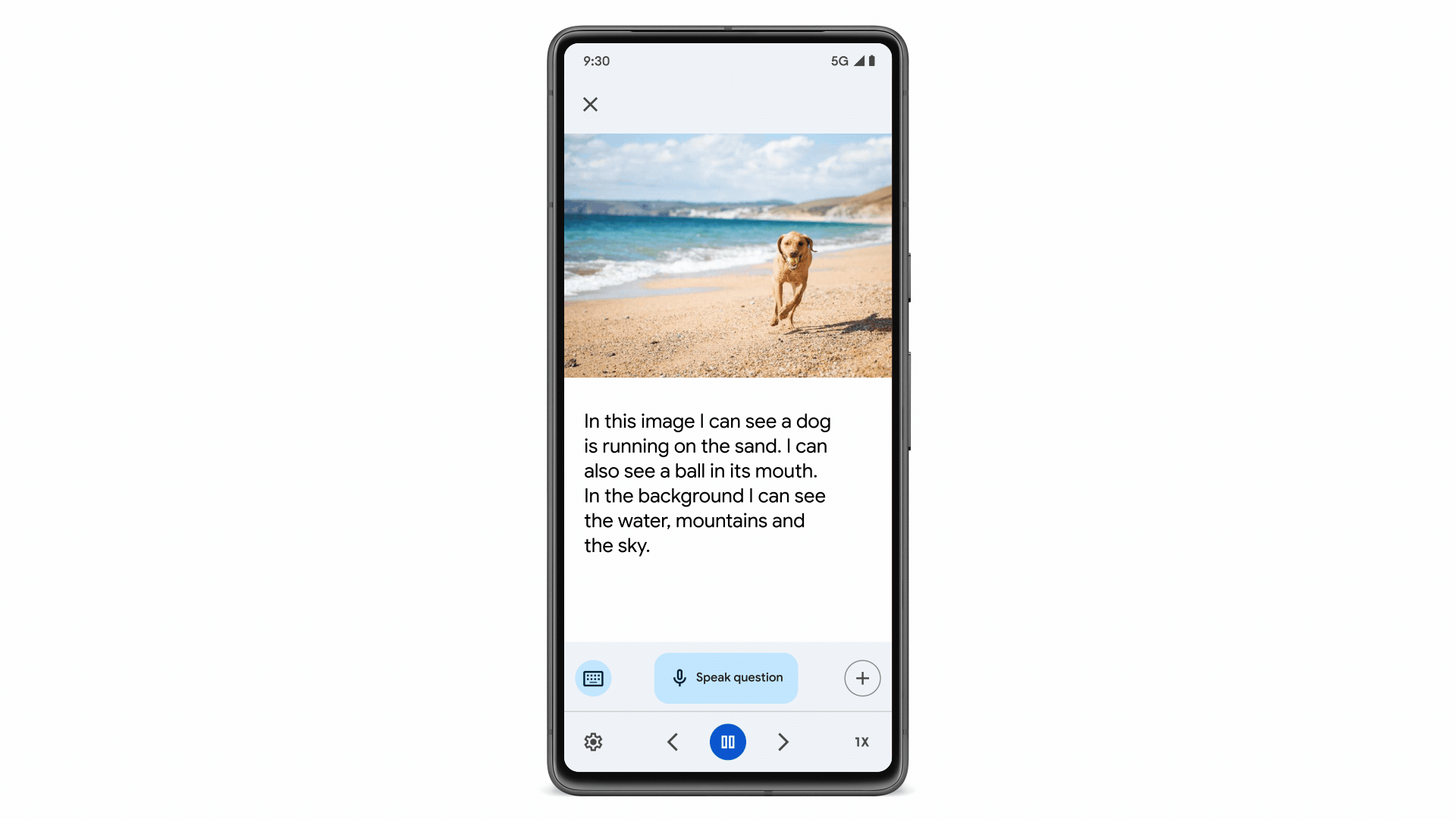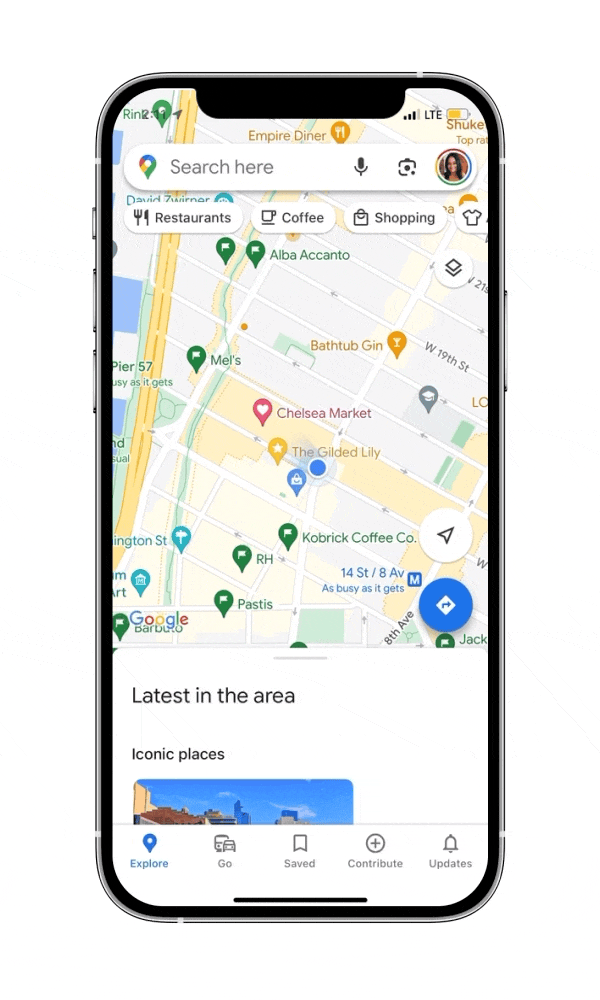Google announces new accessibility features on Android, including Live Caption on tablets
Live Caption on more devices, including Android tablets
The addition of Live Caption to more Android devices is one of the most significant new accessibility features. Live Caption delivers real-time captioning for audio content such as videos, podcasts, and phone calls. This can be extremely beneficial to those who are deaf or hard of hearing, as well as those who live in noisy situations.
Google Lookout for digital images
To aid the blind and low-vision community, Google is also making improvements to Lookout, an application that uses your device’s camera to look at an object and then AI to analyze and describe what it is pointed at. Now, this technology will also work to describe digital images, a job that has so far been entrusted to alt text added to an image upon uploading. Unfortunately, not everyone adds alt text to images they upload online.
The feature will be part of the Lookout app and will be called “Image Q&A mode.” In addition to identifying the image, Lookout will also be able to answer questions about it. This particular feature is currently in closed beta but Google says it will be available to more people soon.

Find accessible places with Google Maps
Google Maps is also being updated to make it easier for persons with impairments to identify accessible locations. Maps now displays accessible destinations by default, making it easier for consumers to identify businesses and other sites that are wheelchair accessible, offer accessible parking, and other features that are vital to people with disabilities.

Better text-to-speech on Wear OS
Avoid URL typos with Chrome
Chrome on desktop can now detect when you type in an incorrect URL and will give you suggestions on what the correct URL could be. This capability will be rolling out to mobile in the next few months, benefitting those with dyslexia or any language disabilities, or even those who are just prone to making typos.
Additionally, TalkBack on Chrome on Android recently gained new functionality, allowing users to easily manage and organize their browser tabs via a tab grid, bulk actions, and reordering features.
All of these updates put together show Google’s commitment to make the digital world more accessible. Even as an able-bodied person, I can see myself using some of these features to my advantage as well and it is very encouraging to know that features such as these will only keep getting better and more advanced in the future.


